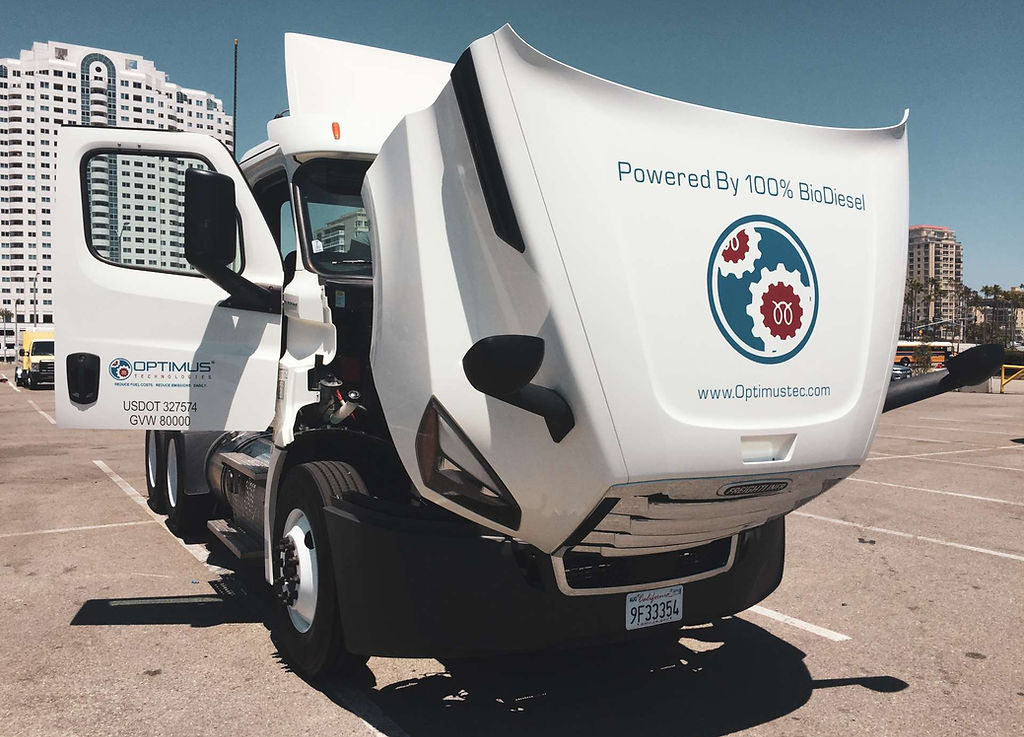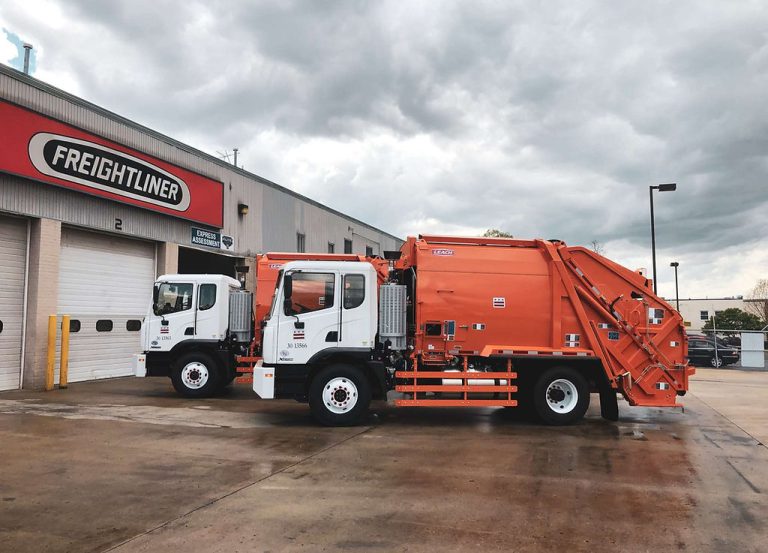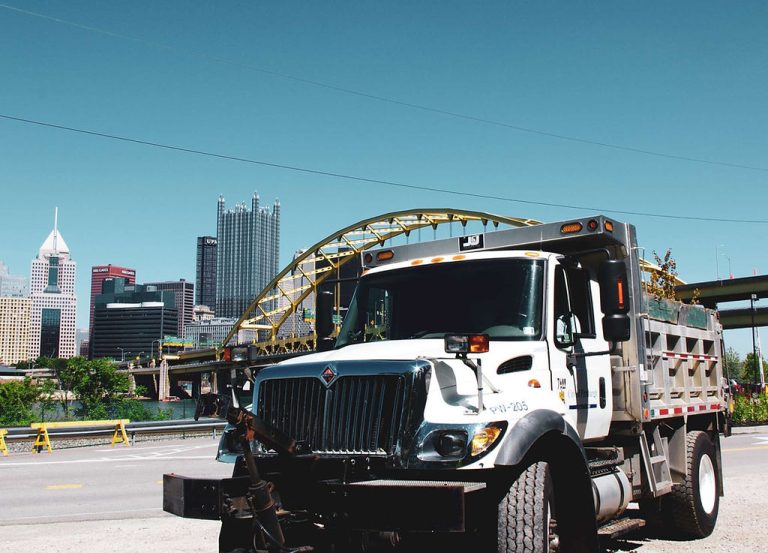4 Pros and Cons of Biodiesel


While fleets are waiting on hydrogen and electric-powered vehicles to be realistic and affordable for heavy-duty operations, biodiesel is a great alternative way to lower emissions in the short-term. However, it also has some drawbacks. Here are 4 of the most common pros and cons associated with biodiesel.
Pros of Biodiesel:
1. Safer than Conventional Diesel
Biodiesel’s flashpoint is over 130 degrees Celsius, while the flashpoint of conventional diesel is just 52 degrees Celsius, according to the Department of Energy. This means biodiesel has to be at a much higher temperature than conventional diesel to ignite a flame. Therefore, biodiesel is safer to store, transport, and handle. Biodiesel also causes less damage when it spills into the environment.
2. Lower Emissions of Greenhouse Gas and Air Pollutants
Investors, customers, and governments are increasingly demanding lower emissions from companies and sectors with high GHG emissions.
Powering vehicles with 100% biodiesel instead of conventional diesel can reduce carbon dioxide emissions by over 95%, according to a study by the National Renewable Energy Laboratory (NREL). But the emissions-reductions associated with biodiesel depend largely on the inputs used to make it.
Emissions of air pollutants such as particulate matter and hydrocarbons also go down as the percentage of biodiesel compared to conventional diesel goes up. (Source: Environmental Protection Agency)
3. Drop-in Sustainable, Renewable Fuel
Many sustainable alternatives to fossil fuels require an investment of a new vehicle or asset, or they require major modifications to the engine. Biodiesel can be dropped into current engines up to various percentages based on the manufacturer’s specifications. Adding Optimus Technologies’ Vector System to the engine allows an asset to run on 100% biodiesel.
In contrast to fossil fuels, which are exhaustible resources, biofuels are produced from renewable feedstocks.
4. Domestic, Reliable Source of Fuel
Geopolitical issues and conflicts such as Russia’s invasion of Ukraine are making countries reconsider where their energy sources come from. The Russia-Ukraine war caused oil prices to skyrocket and become more volatile.
Sourcing fuel domestically eliminates worries about unexpected rises in costs and ensures the fuel supply will be there with more confidence.
Cons of Biodiesel:
1. Tailpipe Emissions
Assets that run on biodiesel still have tailpipe emissions. Nitrous oxide emissions, a harmful air pollutant, go up as the percentage of biodiesel increases, according to the EPA. You can see this in the graph above. The life cycle emissions of biodiesel compared to conventional diesel depend on the feedstocks, but biodiesel emissions are typically much lower overall.
2. Can be More Expensive
The cost of biodiesel depends on the blend level and the feedstocks. B20, or fuel that is 20% biodiesel and 80% conventional diesel, is often less expensive than conventional diesel. B100, however, is almost always more expensive than conventional diesel. (Source: Alternative Fuels Data Center)
Some states have larger tax incentives or grants available for diesel assets that fuel up with biodiesel. When compared to other sustainable solutions, biodiesel is still one of the least expensive.
3. Gels in Cold Weather
Higher blends of biodiesel gel in the engine in cold weather. This can limit the blend or the time of year that fleets are able to use biodiesel. However, Optimus Technologies’ Vector System prevents gelling in the engine by flushing the engine with conventional diesel as the vehicle warms up and cools down.
4. Not Available Everywhere
Fleets can’t find biodiesel at every fuel station, and fuel with higher blends approaching 100% biodiesel are even less prevalent. You can find a map of fuel stations with biodiesel blends above 20% below. Unlike many other sustainable alternative fuels or vehicles, you can still fill up with conventional diesel when biodiesel isn’t available. Fuel stations with a biodiesel blend of 20% or higher (Source: Alternative Fuels Data Center)
The weight of biodiesel’s pros and cons look different for each fleet. It’s important to compare costs, emissions, operations, and other relevant factors when deciding how to fuel your vehicles. Biodiesel is one of the least expensive ways to reduce emissions in your fleet today.







